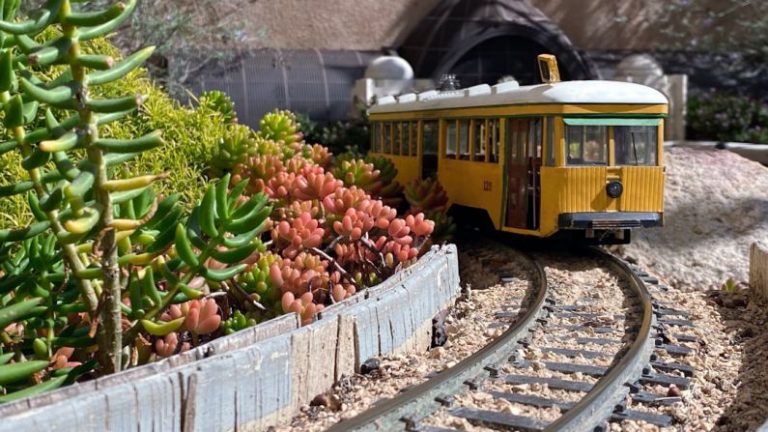Building Your First Computer
Embarking on the journey of building your first computer can be an exciting and rewarding experience. Instead of purchasing a pre-built system, building your own computer allows you to customize every aspect to suit your specific needs. From selecting the components to assembling the final product, the process of building a computer can be both educational and enjoyable. Here is a comprehensive guide to help you navigate the process of building your first computer.
Choosing the Right Components
The first step in building your own computer is selecting the right components. This includes the central processing unit (CPU), motherboard, graphics card, memory (RAM), storage, power supply, and casing. Each component plays a crucial role in the overall performance and functionality of your computer. When choosing components, consider factors such as compatibility, performance, and budget. Researching each component and understanding how they work together is essential to ensure a smooth building process.
Assembling the Computer
Once you have all the necessary components, it’s time to start assembling your computer. Begin by preparing a clean and well-lit workspace with ample room to move around. Start by installing the CPU onto the motherboard, followed by the memory, graphics card, and storage devices. Carefully connect all the components to the motherboard, ensuring a secure and proper fit. Take your time and refer to the component manuals for guidance if needed. Cable management is also important to ensure proper airflow and aesthetics inside the computer case.
Installing the Operating System
After successfully assembling your computer, the next step is to install the operating system. Whether you choose Windows, macOS, or a Linux distribution, make sure to have a bootable installation media ready. Insert the installation media into the computer and follow the on-screen instructions to install the operating system. Once the installation is complete, make sure to download and install the necessary drivers for your components to ensure optimal performance.
Testing and Troubleshooting
After installing the operating system and drivers, it’s crucial to test your computer to ensure everything is working correctly. Boot up the system and check for any errors or issues. Run diagnostic software to test the performance of the components, such as the CPU, memory, and graphics card. If you encounter any issues, troubleshoot them systematically by checking connections, updating drivers, and consulting online resources for solutions. Patience and persistence are key when troubleshooting any technical issues.
Customizing and Optimizing
Now that your computer is up and running, it’s time to customize and optimize it to suit your specific needs. This includes installing essential software, setting up security measures, and personalizing the user interface. Consider installing additional cooling solutions or upgrading components to enhance the performance of your computer. Take the time to explore and customize the settings to create a personalized computing experience tailored to your preferences.
Expanding Your Knowledge
Building your first computer is not only a practical endeavor but also a valuable learning experience. As you navigate through the process, you will gain a deeper understanding of how computers work and how each component contributes to the overall functionality. Continue to expand your knowledge by exploring new technologies, following industry trends, and engaging with online communities. Building and customizing computers can become a fulfilling hobby or even a potential career path in the ever-evolving field of technology.
In conclusion, building your first computer is a rewarding endeavor that allows you to unleash your creativity and technical skills. By carefully selecting components, assembling the computer, installing the operating system, testing and troubleshooting, customizing and optimizing, and expanding your knowledge, you can create a personalized computer system that meets your specific needs. Embrace the journey of building your first computer and enjoy the process of creating a unique and functional piece of technology.






